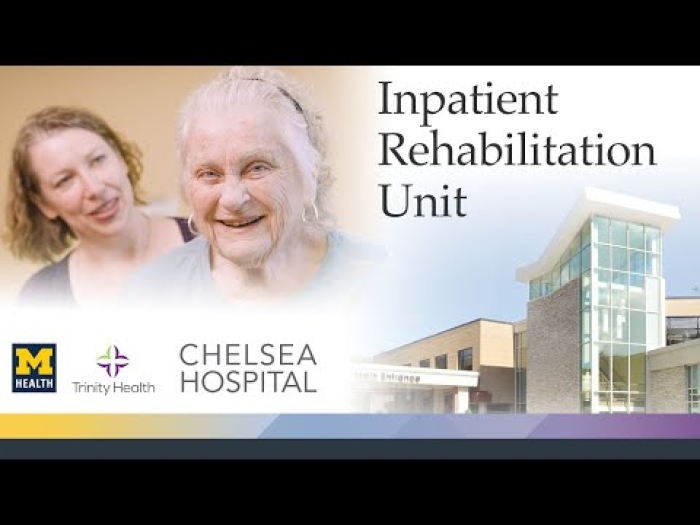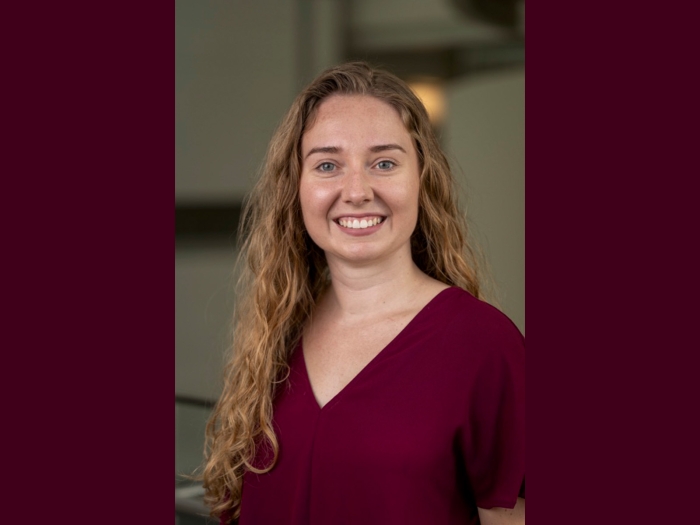Through a collaboration with Stanford University, researchers have received an initial $1.1 million in funding from the NIH HEAL Initiative to expand data capabilities in search of solutions.
Older adults, those aged 65 and older, account for more than half of all patients undergoing surgical procedures annually in the U.S. — and they also experience persistent postoperative opioid use (PPOU) at a rate twice that of the general population.
A new study led by University of Michigan and Stanford University aims to reduce PPOU among older surgical patients. The group will analyze information from two large data sources — the Multicenter Perioperative Outcomes Group (MPOG) and Medicare claims — to identify interventions that may reduce the need for long-term opioid use. They recently received funding from the National Institutes of Health Helping to End Addiction Long-term Initiative, or NIH HEAL Initiative, Data2Action (HD2A) Program through the National Institute of Drug Abuse. The HD2A program has the goal of improving the quality and usefulness of data to identify and fill service delivery gaps with evidence-based practice to address opioid use disorder and improve pain management.
The project, awarded to Stanford in collaboration with University of Michigan, is expected to receive $1.1 million during the initial two-year development phase with the potential to add an additional $2.2 million over the following three years conditional on completion of successful data infrastructure development milestones.
Stanford’s Eric Sun, MD, PhD, and U-M’s Douglas Colquhoun, MB Ch.B., MPH, are the study’s co-principal investigators.
“A wide variety of interventions has been hypothesized to reduce the incidence of postoperative opioid use; but there’s still a lack of consensus about their effectiveness — and that is, in part, due to data limitations,” said Sun. “This new work will provide a clearer understanding of the full experience.”
Researchers will use the first two years of grant funding to expand data capabilities of MPOG, a large, multicenter registry of surgical cases using data extracted from electronic medical records that is run through U-M.
MPOG data currently provides information about a patient’s perioperative experience, including things like what opioids or non-opioid medications and other pain relieving approaches a patient received during surgery. Once expanded, the dataset will include information about pain management during admission, potentially including pain and how it was treated after surgery, time spent in the hospital and medications prescribed at discharge.
“This data expansion will enable us to have a much deeper understanding of the inpatient experience,” said Colquhoun. “Many adverse outcomes — including poor pain control and medication-related respiratory depression — occur during this time. To be able to understand this experience will be incredibly important, in this context and many others”.
The new MPOG data then will be combined with healthcare claims data for Medicare fee-for-service patients — for example, how many times a patient refilled a pain medication prescription following surgery or if a patient was readmitted to the hospital — to give a more comprehensive picture of post-surgery opioid use.
“We’re combining the best of both of these datasets — the ability to measure perioperative care interventions and the ability to follow patients in order to assess long-term opioid and pain management outcomes,” said Sun. “By doing this, we believe we will be able to more clearly evaluate the associations between the two.”
Researchers will pilot the project’s data-expanding capabilities at Michigan Medicine before extending to five MPOG partner institutions.
The research team also will work with stakeholders across U-M — including the Opioid Prescribing Engagement Network (OPEN) and the Opioid Research Institute — to translate their findings into practice, developing clinical guidelines and policy to minimize the risk of persistent opioid use after surgery.
“This is a project that could not have been done without over a decade of capacity building and unique collaborations within U-M and between institutions,” Colquhoun said. “We are excited for the impact this work will have both on our ongoing efforts to reduce opioid misuse and on the broader care experience with pain management as we expand capacities to learn more from the inpatient experience.”
Research reported in this was supported by the NIH HEAL Initiative through the National Institute on Drug Abuse of the National Institutes of Health under award number R61DA059168-01. The content is solely the responsibility of the authors and does not necessarily represent the official views of the National Institutes of Health. The NIH Helping to End Addiction Long-term Initiative, or NIH HEAL Initiative, is an NIH-wide effort to speed scientific solutions to stem the national opioid public health crisis. Launched in April 2018, the initiative is focused on improving prevention and treatment strategies for opioid misuse and addiction, and enhancing pain management. For more information, visit: https://heal.nih.gov.

Assistant Professor





